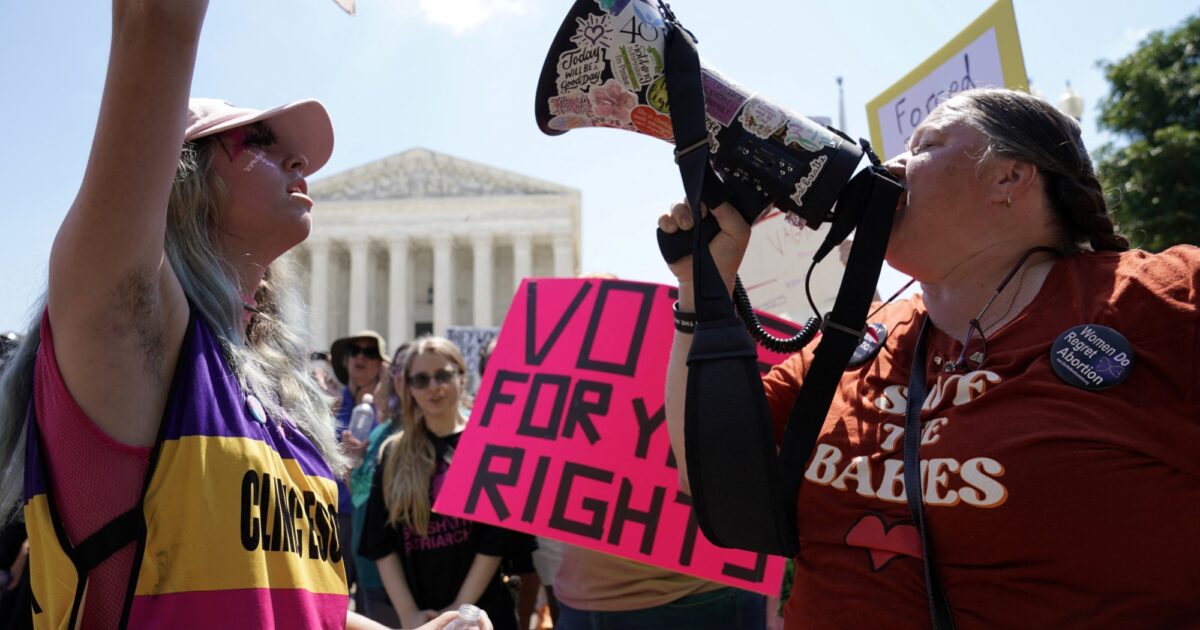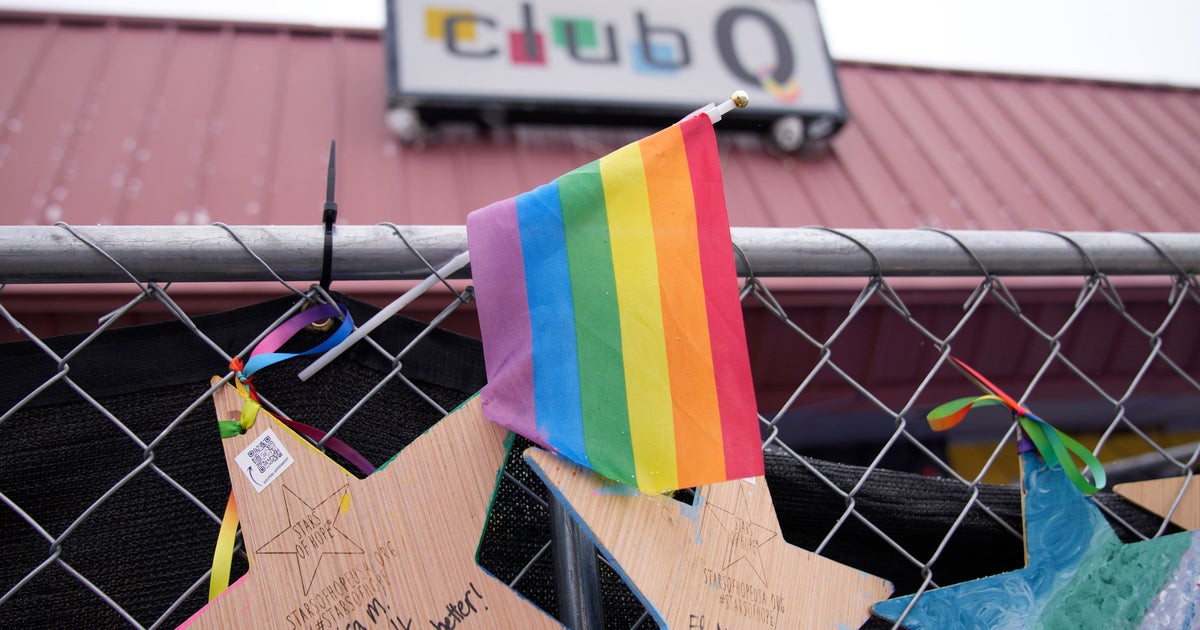Warning: This post contains spoilers for episodes 1 and 2 of Apple’s Lady in the Lake
In Lady in the LakeIn the new series, which hits Apple TV+ on July 19, two gruesome murders change the life of a woman in 1960s Baltimore. The seven-episode limited series, based on author Laura Lippman’s popular 2019 thriller novel of the same name, stars Natalie Portman in her first television role. Portman plays Madeline “Maddie” Morgenstern, a bored Jewish housewife turned aspiring journalist whose obsession with the fatal disappearance of a young Jewish girl (Bianca Belle) leads her to investigate another crime – the overlooked murder of a young Black mother named Eunetta “Cleo” Johnson (Moses Ingram), whose body was found in the fountain of a park lake.
Lippman’s book was inspired by two real and unrelated murders that occurred in Baltimore in 1969: an 11-year-old Jewish girl named Esther Lebowitz, who received much media attention and whose body was found days after she was reported missing, and Shirley Parker, a 35-year-old black woman whose body was found in the fountain at the Baltimore Zoo months after she disappeared because someone in the local newspaper’s Help column asked why the lights in the fountain were off. In the novel Maddie’s ambitious – if at times self-centered – journey to becoming a journalist and building her new life is told from the perspective of the people she interacts with, from her landlord’s eager daughter to her sexist colleagues at the newspaper, while Cleo’s ghost provides a haunting, omniscient commentary.
Read more: Lady in the Lake Natalie Portman in a strikingly subversive 60s noir film
The book is essentially a crime thriller, but it’s also a clear examination of the restrictive societal structures of the time – Maddie, for example, can’t sell her car without her estranged husband’s signature and commits insurance fraud with her wedding ring, while Cleo faces constant racial discrimination, even in death when her murder is deemed “not important” enough to be reported in Maddie’s newspaper. And although they come from completely different worlds and backgrounds, Maddie and Cleo share a desire to live their lives on their own terms, free from the expectations and mores of others.
For director and writer Alma Har’el, who also served as executive producer on the series, the parallel lives of Maddie and Cleo offered a compelling glimpse into the rapidly changing landscape of Baltimore and, more broadly, society during that time.
“What really appealed to me was Maddie and Cleo and the idea of a crime thriller that has so many twists and turns but at the same time tells the story of the town and its politics and the social aspects of the time,” she tells TIME. “I felt like it was a double-edged sword in some ways – there’s a whodunnit that killed these women, but also what’s inside ourselves that we need to examine and figure out in order to avoid becoming the people we don’t want to be.”
Here you can find out everything you need to know about Lady in the Lake and the book that inspired it.
What are the biggest changes from book to screen?
Although Har’el and the other authors who Lady in the Lake Although the show is based on the novel, they wanted the adaptation to provide a more comprehensive look at the world of 1960s Baltimore, which required some significant changes.
Perhaps the biggest of these changes is the expansion of the character of Cleo Johnson, the titular “Lady in the Lake,” whose personal life and backstory are more fully developed in the series. Likewise, Maddie’s Jewish heritage and inner life (a major reason for her decision to end her marriage and pursue a career) are explored more fully onscreen, as are the secrets of her past. For Har’el, showing the role these two communities played in the development of Baltimore at the time was an essential part of the story.
Read more: A crime writer devotes himself to the sinister side of Baltimore
“The story is about two murders and Maddie is trying to solve them. Her connection to the whole city and especially to Cleo is what makes the whole show exciting,” says Har’el. “Both characters show us a picture of Baltimore at that time. There’s something about the relationship between blacks and Jews, both of whom went through a lot, that took a turn in the 1960s. I really wanted to bring those two stories to life and make these two women as complex characters as possible to explore the conflict and the differences that arose.”
In addition, the details and circumstances of Tessie’s disappearance and death are described in greater detail and given a personal connection to Maddie. Maddie’s investigation into Tessie’s killer Steven and his mother also becomes more complex.
Why were some characters replaced and new characters added?
Although many of the great personalities in Lady in the Lake While remaining true to the book, there are some notable changes to some minor characters. Some people from the book were replaced with new characters, such as local cleaning contractor and Senate candidate (and Cleo’s secret lover) Ezekiel Taylor from the novel, whose role in the story became two new characters in the series: Myrtle Summer, a former teacher of Cleo’s who runs for Senate against the wishes of local gangster Shell Gordon; and Slappy Johnson, Cleo’s husband, who is a comedian. Others, such as Latetia, Cleo’s roommate, change slightly (Latetia becomes Dora, Cleo’s lifelong best friend and singer at the Pharaoh Club). Still others, such as Shell’s right-hand man Reggie Robinson, are entirely new creations created for the series.
Har’el said the reason for these changes was a desire to imagine the nuanced and diverse world of Maddie and especially Cleo, whose story will be expanded in the series.
Read more: 5 questions for Natalie Portman
“We wanted to create a whole world and write new characters that weren’t in the book, like Slappy Johnson and Reggie (Robinson), as well as the Pharaoh Club and the political world that she (Cleo) was involved in,” says Har’el. “A lot of that came from researching some of the stories that inspired the book, including the black woman Shirley Parker, whose disappearance and murder were never solved, and reading about her life and the women in those circles and the jobs they juggled, the different kinds of code-switching they did to just make ends meet each month.”
Other characters have been changed and combined to tighten the plot lines and deepen the themes of the overall story. While in the book Maddie has no personal connection to Tessie, the murdered young Jewish girl whose body she finds in the same lake where Cleo’s body is found months later, in the series Tessie’s father is Maddie’s former boyfriend, whose reappearance in her life brings back memories of the secret affair she had with his friend. father, which led to a secret abortion.
Why is Cleo’s story so different in the series?
Of all the characters in Lady in the Lake, Cleo perhaps undergoes the most dramatic transformation from book to screen. While Cleo’s ghostly narration from beyond the grave provides much-needed context in the book, the series presents a different and much more comprehensive portrayal of her character.
Cleo is portrayed in the book as a young single mother who works as a dancer and bartender at the Flamingo, a club owned by Shell Gordon on Pennsylvania Avenue in Baltimore. Although she is a loving mother to her two young sons, whose fathers are no longer there, they live with their mother and father while she lives with a roommate, Latetia. Cleo is described in the book as having a thirst for life and dating men from the club to supplement her income, although she is secretly in a relationship with a wealthy married man, Ezekiel Thomas, who is running for a seat in the Senate, when she mysteriously disappears.
In the series, Cleo still works as a bartender at Shell’s club (reimagined for the screen as The Pharaoh Club), but she is also his accountant and thus privy to his illegal numbers game – although she is constantly looking for ways to sever her ties to Shell and his business, for the protection of her sons and because her father left town with Shell because of his gambling addiction. Rather than dating men from the club, as she does in the book, she is married to Slappy Johnson, a down-on-her-luck comedian with whom she has two sons.




